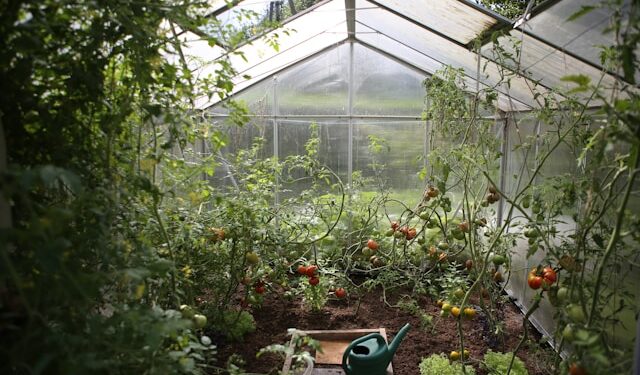A raised garden bed is an excellent way to grow vegetables in a controlled and organized manner. Whether you have limited space, poor soil conditions, or just want a more manageable garden, a raised bed can be the perfect solution. Raised garden beds offer improved drainage, better soil quality, and easier weed control, making them ideal for home gardeners. In this guide, we’ll walk you through how to build a raised garden bed for vegetables from start to finish.
Planning Your Raised Garden Bed
Choosing the Best Location
Selecting the right location is crucial for a productive vegetable garden. Consider these factors:
- Sunlight: Vegetables require at least 6–8 hours of direct sunlight daily.
- Accessibility: Ensure easy access for watering, planting, and harvesting.
- Drainage: Avoid areas prone to waterlogging.
Deciding on Size and Depth
The size of your raised bed will depend on your available space and gardening needs.
- Standard size: 4 feet wide by 8 feet long is ideal, allowing easy access from all sides.
- Depth: A minimum depth of 6–12 inches is recommended, but root vegetables like carrots may need 18 inches or more.
Selecting the Right Materials
The best materials for raised garden beds include:
- Wood: Cedar and redwood are naturally rot-resistant and safe for vegetable gardening.
- Metal: Galvanized steel garden beds are durable and modern-looking.
- Composite: Made from recycled materials, composite beds are long-lasting and eco-friendly.
Materials and Tools Needed
Materials:
- Untreated cedar or redwood planks (2×6 or 2×8 inches recommended)
- Galvanized screws or nails
- Corner brackets (optional for added stability)
- Landscape fabric or cardboard (for weed prevention)
- High-quality soil mix (topsoil, compost, organic matter)
Tools:
- Saw (for cutting wood to size)
- Drill and screws
- Measuring tape
- Level
- Shovel or rake
Step-by-Step Construction Guide
1. Cutting and Assembling the Frame
- Cut your wood to the desired length and width.
- Arrange the planks to form a rectangular or square frame.
- Use screws and corner brackets to securely fasten the planks together.
2. Preparing the Ground
- Clear the area of weeds and grass.
- Lay down landscape fabric or cardboard to prevent weeds from growing up into the bed.
- Level the ground to ensure stability.
3. Placing and Securing the Bed
- Set the raised bed frame in place.
- Ensure all corners are squared and the frame sits level on the ground.
- If needed, secure the bed with stakes to prevent shifting.
Filling the Raised Bed
To create the best soil mix for a raised garden bed, use:
- Topsoil (40%) – Provides structure and volume.
- Compost (40%) – Enriches soil with nutrients for healthy plant growth.
- Aeration Materials (20%) – Such as perlite or sand for improved drainage.
Avoid using garden soil alone, as it may compact over time and reduce drainage.
Planting and Maintenance Tips
Choosing the Right Vegetables
Some of the best vegetables for raised beds include:
- Tomatoes
- Lettuce
- Carrots
- Peppers
- Beans
- Spinach
Watering and Fertilization
- Raised beds dry out faster than in-ground gardens, so regular watering is essential.
- Use mulch to retain moisture and reduce weeds.
- Apply organic fertilizer or compost to replenish nutrients.
Weed and Pest Prevention
- Use companion planting techniques to deter pests naturally.
- Install a simple wire mesh to keep out burrowing animals.
- Hand-pull weeds regularly to prevent competition for nutrients.
Common Mistakes to Avoid
- Using treated wood: Chemicals from treated wood can leach into the soil and affect vegetables.
- Poor drainage: Ensure the soil mix is well-draining to prevent root rot.
- Overcrowding plants: Leave enough space between plants for proper airflow and growth.
Conclusion
Building a raised garden bed for vegetables is a simple yet rewarding project that enhances your gardening experience. With the right materials, proper planning, and regular maintenance, you can enjoy a thriving vegetable garden season after season. Start your DIY raised bed project today and experience the benefits of homegrown vegetables!





